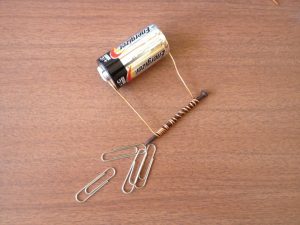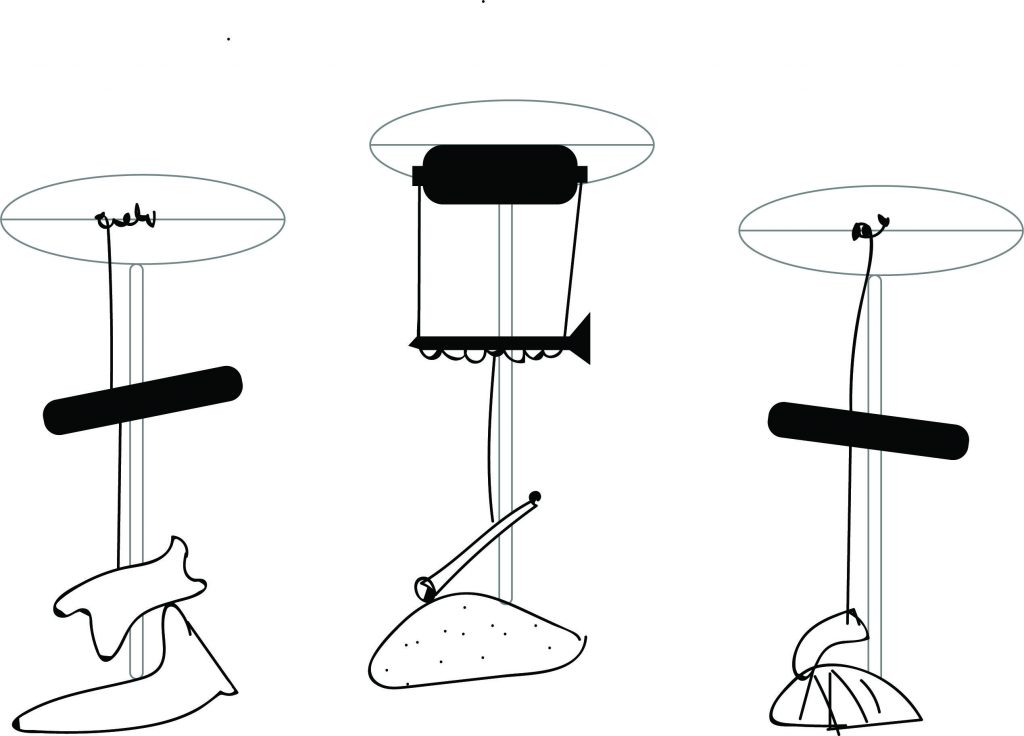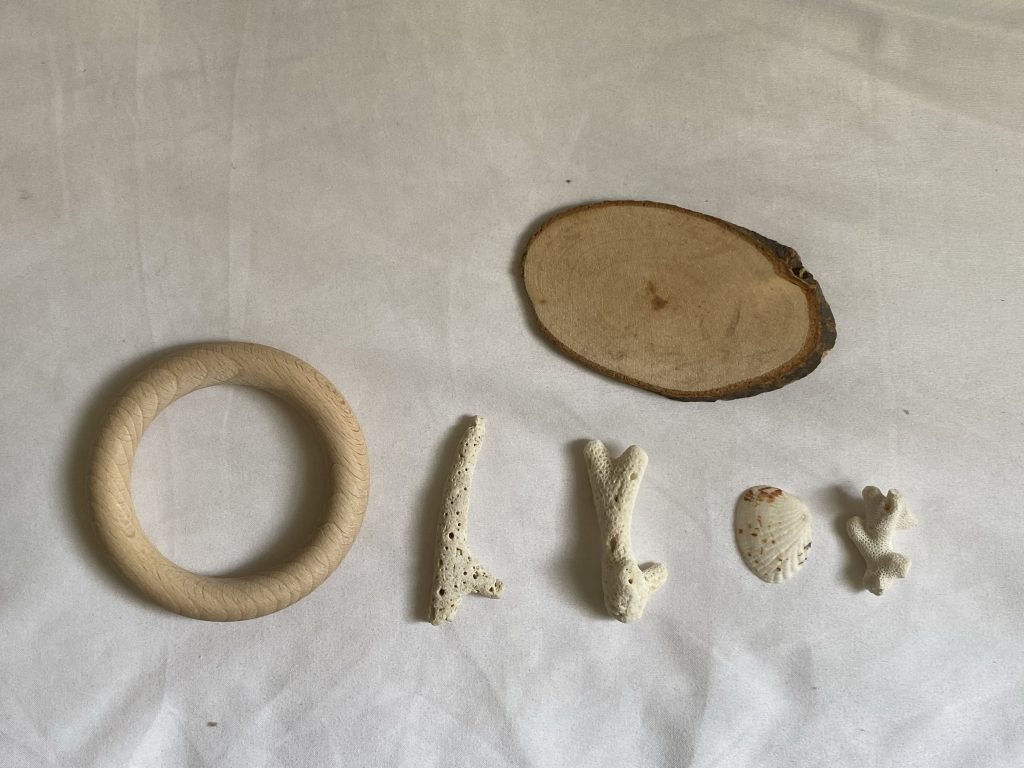Magnet Chimes
Inspiration

revolution & gravity by Yukio Fujimoto inspired me to deal with natural materials and sound that are subtle and may be easily overlooked in our daily lives. Fujimoto placed some salt, sugar, pepper etc into a tube attached to a motor from a musical box. He takes advantage of the rotating mechanics of the music box as well as its sound making nature, complemented by the sounds of the ingredients in the tube. The rotation causes the ingredients to move and collide, creating random and subtle sounds.
Magnets
Though the magnet used for this project is man-made, I was interested in using magnets as they exist naturally in our world as lodestones or magnetites. Earth itself has a magnetic field that extends from its interior out into space. Since I wanted to play with natural materials, I felt that magnets would be an interesting material to deal with in this project too.
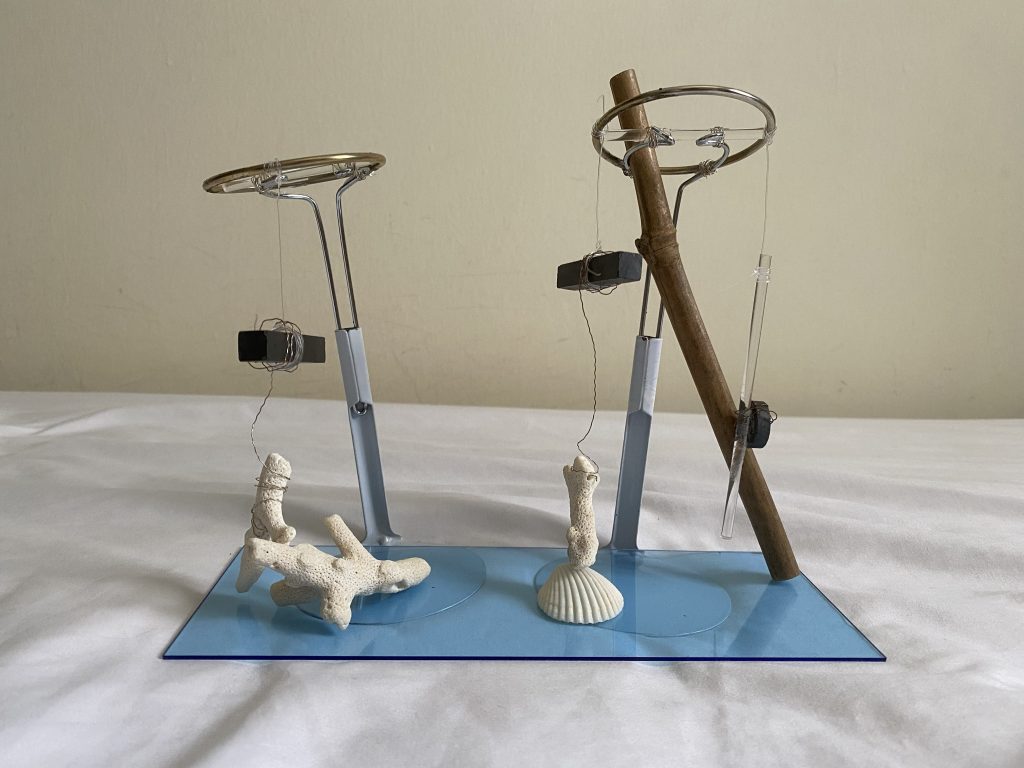
Process
Since the previous structure required a person to hold a magnet to create sounds, for the second project I wanted to improve the structure such that the magnets can repel and attract each other without needing the viewer to play with it.
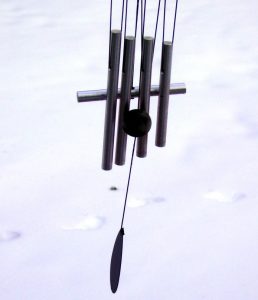
To improve the structure, I took inspiration from traditional wind chimes that are hanging and have about 4-5 rods suspended.

Most wind chimes are also based on a pentatonic scale. I attempted to follow the C minor scale for the corals I used, although loosely, to make the chimes sound more pleasant to the ear.
For this trial, I had to experiment with the height of suspension and the distance between the magnets to find the optimum position for the magnets.
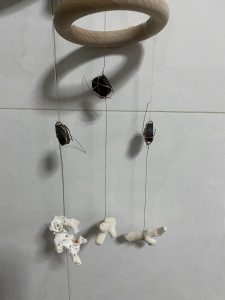
After attaching the corals, the weight brought down the magnet which disabled them from interacting with each other. I decided to change the structure of the chimes. Instead of attaching magnets on each coral, only the central coral piece would have a magnet attached at the bottom, with other magnets at the bottom moving to make the chime magnet move and create sounds.
Rotation
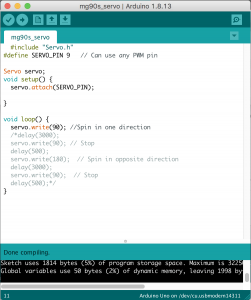
Rotation using servo motor and arduino.
Slower speed – 90
Faster Speed – 45
Using a battery instead to slow down the speed and reduce the motor noise.
Final
Surprise – The corals create sounds randomly according to how the moving magnets interact, thus the output is generative and without much pattern. In this aspect, the sounds create are unexpected and cannot be calculated.
Though I started off wanting to do the chimes completely analogue, I realised that it was difficult to manipulate the materials purely in an analogue manner, which resulted in me having to use digital means to make a rotating mechanism, which was also a surprising element personally.

